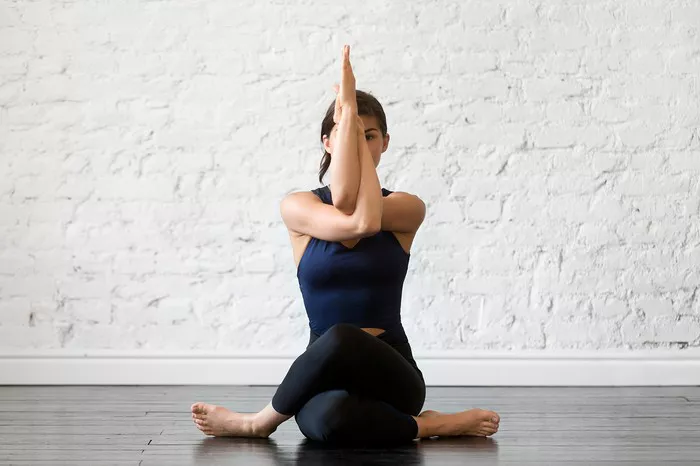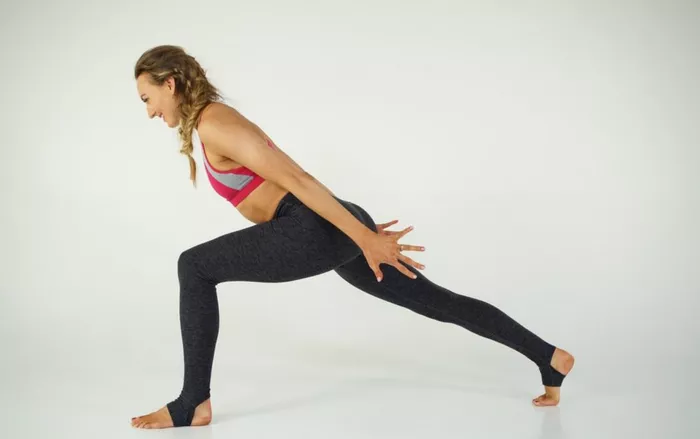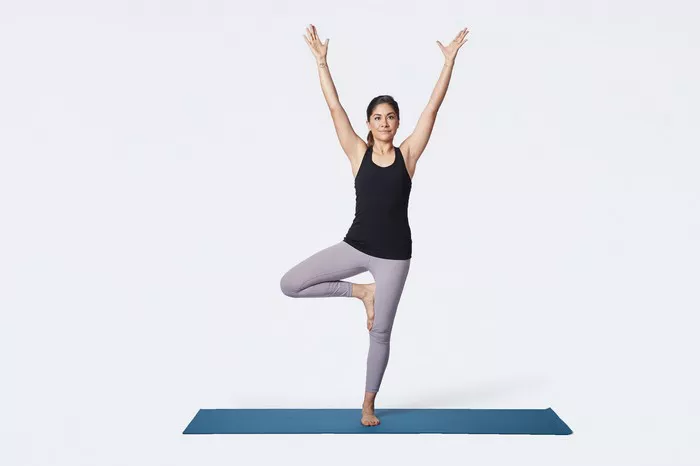Yin yoga is a gentle yet profound practice that focuses on stretching and stimulating the connective tissues in the body, such as ligaments, tendons, and fascia. Unlike more dynamic styles of yoga, yin yoga poses are held for an extended period, typically ranging from one to five minutes or even longer. This extended duration allows for a deep release and relaxation in both the body and mind. As practitioners delve into the world of yin yoga, they often wonder: How many yin yoga poses are there? In this article, we’ll explore this question and provide precise answers to guide practitioners on their yin yoga journey.
Understanding Yin Yoga
Before delving into the number of yin yoga poses, it’s essential to understand the principles and benefits of this practice. Yin yoga is rooted in the principles of traditional Chinese medicine and the concept of yin and yang. In this philosophy, yin represents the passive, receptive, and cooling aspects, while yang represents the active, dynamic, and heating aspects. Yin yoga aims to balance these energies within the body by targeting the yin tissues.
During a yin yoga practice, poses are typically performed close to the ground and held for an extended period. The focus is on relaxation and surrendering into each posture, allowing gravity to deepen the stretch over time. By holding poses for several minutes, practitioners can access deeper layers of connective tissue and release tension stored within the body.
The benefits of yin yoga are manifold. Beyond improving flexibility and mobility, yin yoga promotes relaxation, reduces stress, and enhances joint health. It also provides an opportunity for introspection and mindfulness, as practitioners learn to observe sensations and thoughts that arise during the practice.
The Number of Yin Yoga Poses
While the number of yin yoga poses may vary depending on different sources and interpretations, there is a core set of poses that are commonly practiced in yin yoga sequences. These poses target different areas of the body and offer a balanced approach to stretching and stimulating the connective tissues. Let’s explore some of the key yin yoga poses:
1. Child’s Pose (Balasana): This gentle resting pose stretches the hips, thighs, and lower back while promoting relaxation and introspection. It’s a foundational pose that is often used as a starting position or a resting pose between more intense postures.
2. Dragon Pose (Yin Variation): Also known as Lizard Pose, this pose targets the hips, groin, and hip flexors. By sinking the hips toward the ground, practitioners can access deep hip opening and release tension stored in the pelvic region.
3. Sphinx Pose: This gentle backbend stretches the spine, chest, and shoulders while promoting a sense of openness and expansion. It’s a great pose for counteracting the effects of prolonged sitting and improving posture.
4. Saddle Pose (Supta Virasana): This deep hip and quad stretch targets the front of the body while encouraging surrender and release. It’s often practiced with props such as bolsters or blankets to support the spine and knees.
5. Caterpillar Pose (Paschimottanasana): This seated forward fold stretches the spine, hamstrings, and lower back while promoting relaxation and introspection. It’s a soothing pose that can help release tension in the back body.
6. Butterfly Pose (Baddha Konasana): Also known as Bound Angle Pose, this seated hip opener targets the inner thighs, groin, and hips. By gently pressing the knees toward the ground, practitioners can deepen the stretch over time.
7. Banana Pose: This side stretch targets the lateral side of the body, including the ribs, waist, and IT band. By elongating the torso and reaching through the fingertips, practitioners can create space and release tension in the side body.
8. Supported Bridge Pose: This gentle backbend stretches the spine, chest, and shoulders while promoting relaxation and rejuvenation. By supporting the hips with props such as blocks or bolsters, practitioners can release tension in the lower back and hip flexors.
9. Thread the Needle Pose: This supine twist targets the spine, shoulders, and hips while promoting relaxation and release. By drawing one knee toward the chest and crossing it over the body, practitioners can gently twist and stretch the spine.
10. Wide-Legged Forward Fold (Prasarita Padottanasana): This standing forward fold stretches the hamstrings, inner thighs, and spine while promoting a sense of grounding and surrender. It’s a great pose for releasing tension in the legs and lower back.
These are just a few examples of the many yin yoga poses that practitioners can explore in their practice. Each pose offers unique benefits for the body and mind, and practitioners can customize their practice based on their individual needs and preferences.
Conclusion
Yin yoga offers a gentle yet powerful approach to stretching and stimulating the connective tissues in the body. While the number of yin yoga poses may vary, there is a core set of poses that are commonly practiced in yin yoga sequences. By exploring these poses with mindfulness and intention, practitioners can experience a profound sense of relaxation, release, and rejuvenation in both body and mind. Whether you’re new to yin yoga or a seasoned practitioner, incorporating these poses into your practice can help you unlock the transformative benefits of this ancient practice.
























